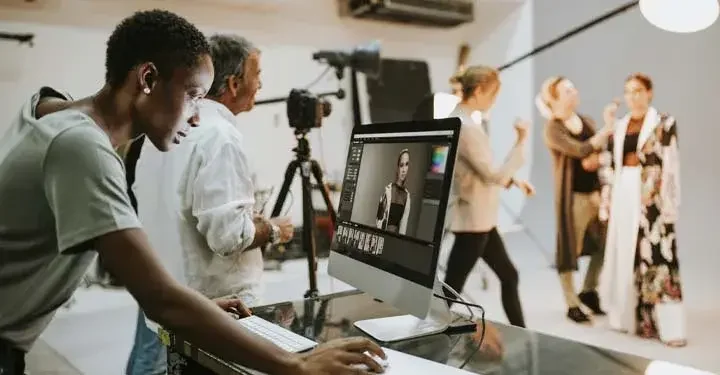Whether a model release form is required is probably one of the most common questions asked by photographers. One good approach for all photographers is to always obtain a model release form, even if you're certain you don't need it for your current intended purpose. The release could come in handy down the road if you decide to use the photo commercially.
Overview of a model release form
Contrary to what some people might believe, while a model release form can be viewed as a consent form for photographers, the release isn't about granting a photographer the right to take someone's picture. For the most part, photographers are free to take pictures of anyone and anything in a public space—a photo release form isn't required for such purposes.
Instead, when a person signs a model release form, it means they are giving consent for the photo to be published. The need for the form depends on the reason why it's published or what it's being used for. Generally speaking, a form is required if you plan to use the photo for commercial purposes. For photos taken as a form of artistic expression or for editorial use, a form usually isn't necessary.
What these forms of usage mean
It can be challenging to tell which usage category a photo falls into, and there's always the possibility that the same photo could be published in two different circumstances for two different uses, one of which might require a release. Consider three of the most common types of photo use:
Commercial use. When a photo is being used commercially, it's being used to promote or advertise a product or service. The actual purchase or sale of a photo has nothing to do with whether or not it's being used for commercial purposes.
For example, a photo you take on a pro bono basis for a nonprofit organization would still be considered commercial use if the nonprofit uses it in an advertisement, even though you haven't charged them a dime for the photo. On the other hand, if the nonprofit uses the photo in an informational pamphlet, it could be considered editorial use.
Editorial use. This usage applies when the context is noncommercial, which often falls under the doctrine of fair use. For example, a photo accompanying an article about a newsworthy event would be considered editorial use.
Artistic expression. A photo used for fine-arts purposes would fall under use of artistic expression. But if the same photo ends up in a magazine ad for the gallery where your photos are being exhibited, then it would fall within commercial use.
Gray areas of use
Determining whether use is commercial isn't always cut and dry. Let's say you're a professional photographer who uses a photo on your company website. This might be considered commercial use, as it could be said that your website is meant to showcase your photographic abilities to potential clients and, therefore, the photo is promoting your services. To add another wrinkle to the issue, while you might not have intended to use a photo commercially when you first took the picture, you might decide you want to do so at a later date.
Because of these potential issues, it's always a good idea to obtain a model release form at the time of your shoot. That way, if a picture turns out to be just right for a commercial project years down the road, you won't have to hunt down the person in the photo to get them to sign the release form.
What should be in your model release form
While the form you use should always be customized for your specific needs, there is certain standard information that all such forms should contain, including:
- Name of the model.
- Name of the photographer.
- A statement that the model is giving permission to use their image and likeness in the main work and in any promotional materials.
- A statement that the photo may be digitally altered. Even if you don't intend to digitally alter the photos, having this clause allows you to do so in the future.
Whether you're a professional photographer or amateur shutterbug, you should be aware of the legalities of using a model in your photos. Having a properly drafted model release form ready to go can not only save you time on the day of your shoot but also help you in the future should you wish to use the photo for a different purpose.


